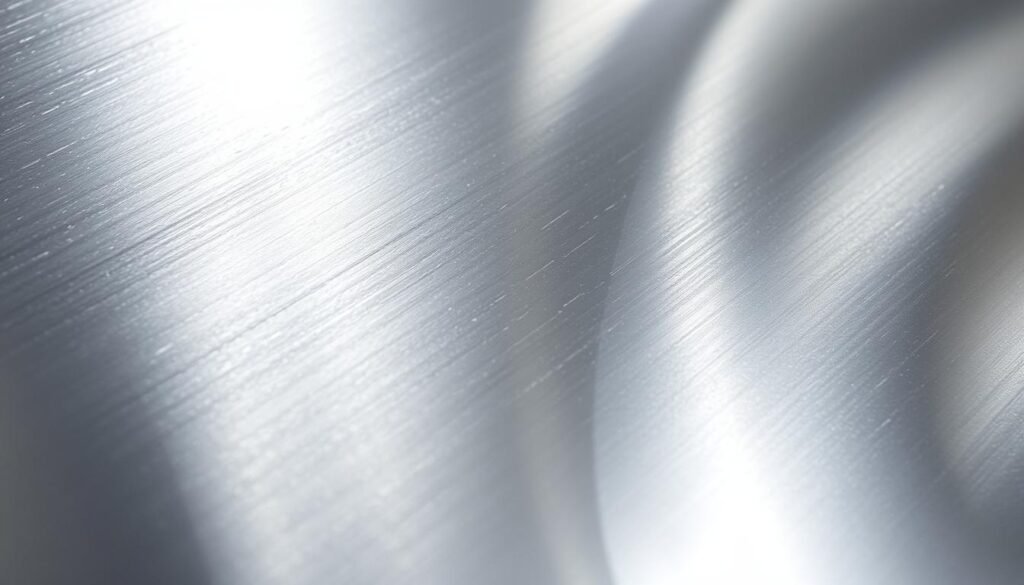Distinguishing stainless steel from regular steel is a crucial skill for both consumers and professionals. The fundamental properties that set stainless steel apart include its corrosion resistance and unique composition.
While “stainless” doesn’t mean completely rust-proof, it indicates enhanced corrosion resistance under specific conditions. Various methods can be employed to verify the authenticity of stainless steel, ranging from simple at-home techniques to more advanced professional approaches.
Understanding the characteristics of genuine stainless steel is essential for ensuring product quality, safety, and longevity, particularly for items used in food preparation or medical applications.
Understanding Stainless Steel Properties
The distinct properties of stainless steel, including its resistance to corrosion, make it an essential material in many sectors. Stainless steel is not absolutely rust-free but is relatively rust-free under certain conditions.
What Makes Steel “Stainless”
Stainless steel derives its corrosion resistance from the addition of chromium, which forms a protective chromium oxide layer on the material’s surface. This layer creates a self-healing protective film that prevents oxygen from reaching the underlying steel, thus inhibiting rust formation under normal conditions.

Common Types of Stainless Steel
There are several types of stainless steel, including chromium, chromium-nickel, and chromium-manganese-nitrogen stainless steel, each with distinct properties. Common grades include austenitic (300 series like 304 and 316), ferritic (400 series), martensitic, and duplex steels. Understanding these different types and their properties helps in selecting the right stainless steel for specific applications.
Simple Methods to Identify Stainless Steel
To verify if your steel is stainless, you can use a few easy tests. These methods are particularly useful for preliminary checks before making purchasing decisions or when the authenticity of the steel is in question.
Visual Inspection Method
One of the simplest ways to identify stainless steel is through a visual inspection. Genuine stainless steel typically has a bright, consistent finish with a slight silver-blue tint. In contrast, regular steel often appears duller.
After pickling, the surface of stainless steel is bright and white. Different types of stainless steel have distinct colors: chrome-nickel stainless steel is silver-white and jade-colored, while chrome-stainless steel is slightly grayish with less gloss.
The Magnet Test Explained
The magnet test is a reliable simple method to identify stainless steel. Most austenitic stainless steels, such as 304 and 316, are non-magnetic or only slightly magnetic. In contrast, ferritic and martensitic stainless steels will strongly attract magnets.
However, it’s essential to note that cold working can make some non-magnetic stainless steels slightly magnetic. Therefore, this test isn’t always definitive on its own.
Water Drop Test
The water drop test examines how water behaves on the metal surface. Water tends to bead up more on stainless steel compared to regular steel due to differences in surface tension.
To perform this test, clean the surface thoroughly first, then place a drop of water and observe. On stainless steel, the drop will maintain a more rounded shape rather than spreading out immediately.
Advanced Identification Techniques for How to Tell if Steel is Stainless
Advanced identification techniques offer a reliable way to distinguish stainless steel from other types of steel. These methods are particularly useful when simple tests are inconclusive or when verifying materials for critical applications.
Chemical Testing with Copper Sulfate
The copper sulfate test is a reliable chemical method for identifying stainless steel. To perform this test, first clean the metal surface to remove any oxide layer, then apply a drop of water followed by copper sulfate solution. Genuine stainless steel will show no color change, while carbon steel will develop a copper-colored deposit as the iron in the material replaces copper in the solution.
- The test is simple and effective for distinguishing between stainless steel and carbon steel.
- If the steel turns purple after the test, it indicates the presence of high manganese steel if it’s non-magnetic, or ordinary steel/low alloy steel if it’s magnetic.
Spark Testing Method
Spark testing involves grinding the material against a high-speed grinding wheel and observing the resulting spark pattern. Stainless steels produce characteristic spark streams different from carbon steels. For instance, austenitic stainless steels typically produce straight, orange-yellow spark streams with few or no bursts.

Using Stainless Steel Identifying Reagents
Professional stainless steel identifying reagents are the most accurate way to determine specific grades of stainless steel. These reagents use chemical reactions that produce distinctive color changes based on the material’s composition, allowing for quick identification by comparing colors to corresponding color cards.
Key benefits of using stainless steel identifying reagents include:
- Accurate identification of different types of stainless steel.
- Ability to identify the presence and approximate percentage of key elements like nickel, chromium, and molybdenum.
Conclusion
Stainless steel identification requires a combination of simple and advanced tests. To verify the authenticity and specific grade of stainless steel, multiple methods are often employed. For everyday purposes, a magnet test combined with visual inspection is usually sufficient. However, for critical applications, more advanced techniques such as chemical testing or spark testing may be necessary.
When purchasing stainless steel products, it is crucial to buy from reputable manufacturers who provide certification of material composition. Understanding how to identify stainless steel empowers consumers to make informed decisions and ensure product quality. For absolute certainty, consider requesting material test reports from the manufacturer or having independent laboratory testing performed.
